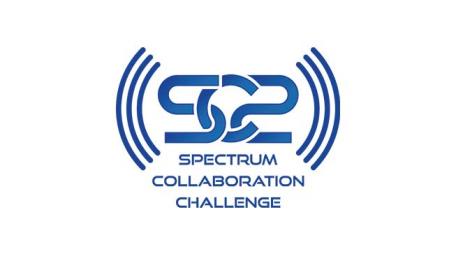Summary
Across the nation and around the world, the wireless revolution is fueling a voracious demand for access to the radio frequency (RF) spectrum.
In the civilian sector, consumer devices from smartphones to wearable fitness recorders to smart kitchen appliances are competing for bandwidth. In the military there is growing reliance on unmanned platforms, from underwater sensors to satellites, and a push for broadband connectivity for every member of every Service. Managing this increasing demand, while combating what appears to be a looming scarcity of RF spectrum is a serious problem for our nation.
Today’s approach, which is nearly a century old, isolates wireless systems by dividing the spectrum into rigid, exclusively licensed bands, which are allocated over large, geographically defined regions. This approach rations access to the spectrum in exchange for the guarantee of interference-free communication. However, it is human-driven and not adaptive to the dynamics of supply and demand.
At any given time, many allocated bands are unused by licensees while other bands are overwhelmed, thus squandering the spectrum’s enormous capacity and unnecessarily creating conditions of scarcity.
The Spectrum Collaboration Challenge (SC2), aims to ensure that the exponentially growing number of military and civilian wireless devices will have full access to the increasingly crowded electromagnetic spectrum. Competitors will reimagine spectrum access strategies and develop a new wireless paradigm in which radio networks will autonomously collaborate and reason about how to share the RF spectrum, thereby avoiding interference and jointly exploiting opportunities to achieve the most efficient use of the available spectrum.
SC2 teams will develop these breakthrough capabilities by taking advantage of recent advances in artificial intelligence (AI) and machine learning, and the expanding capacities of software-defined radios. Ultimately this competition aims not only to challenge innovators in academia and business to produce breakthroughs in collaborative AI, but also to catalyze a new paradigm for spectrum use that can help usher in an era of spectrum abundance.

This program is now complete.
This content is available for reference purposes. This page is no longer maintained.
